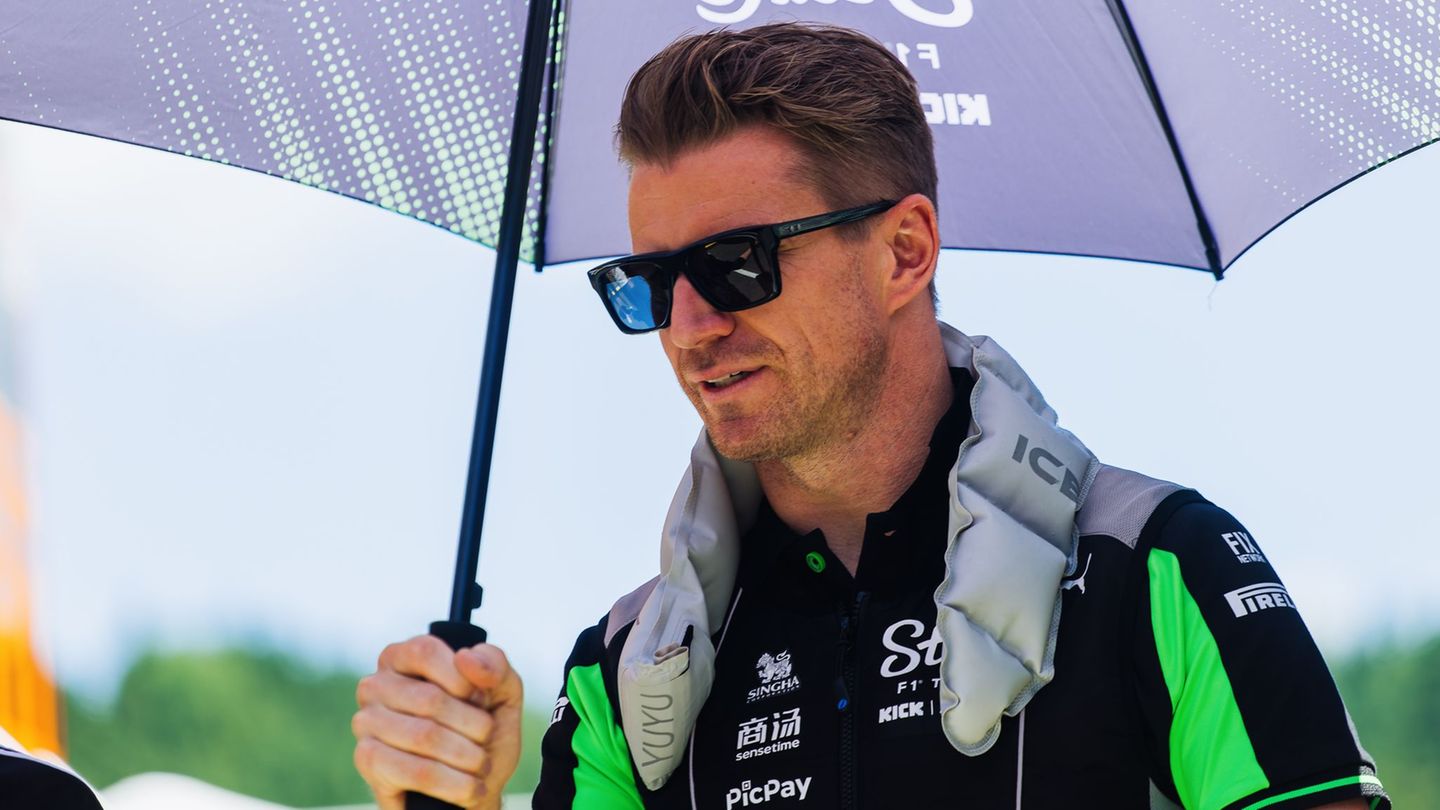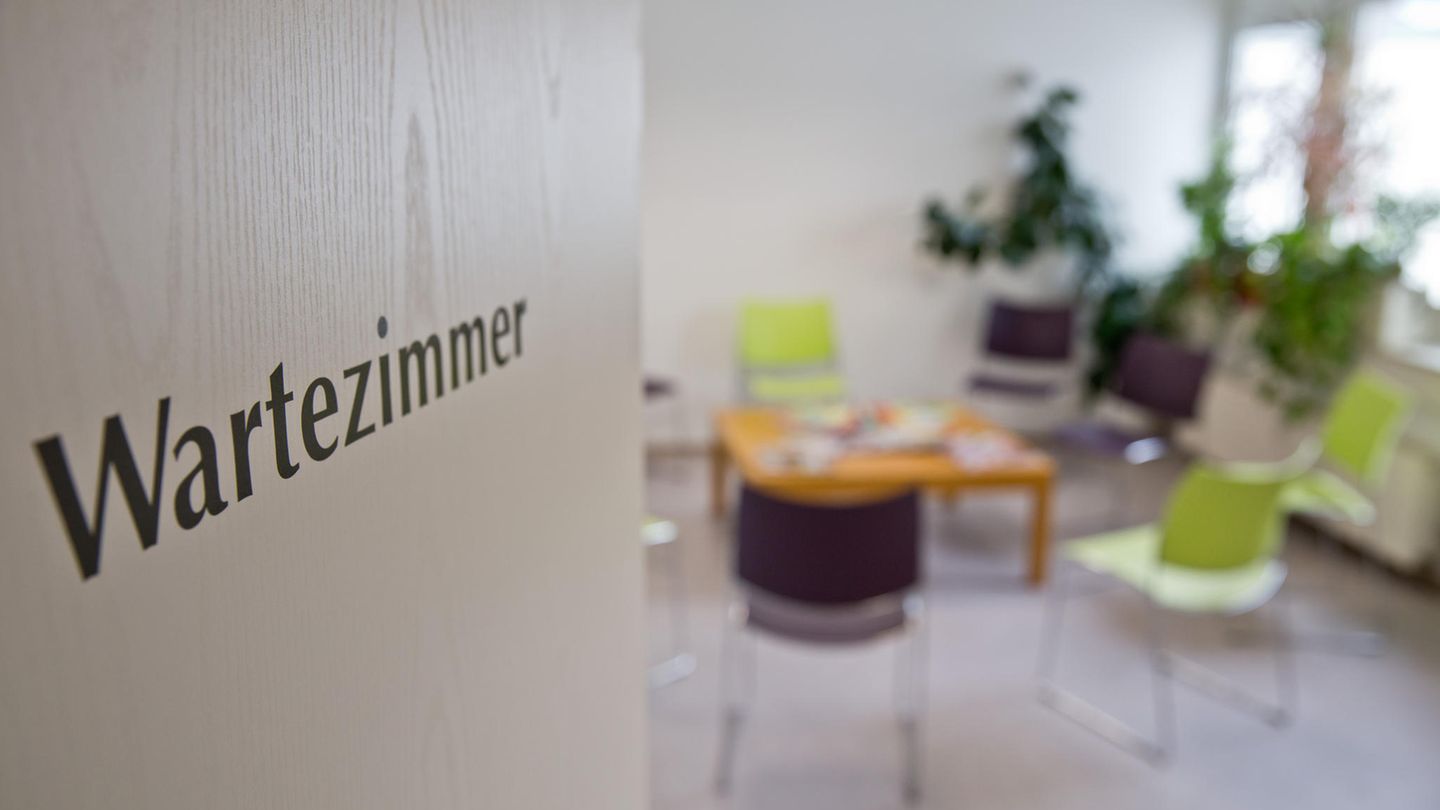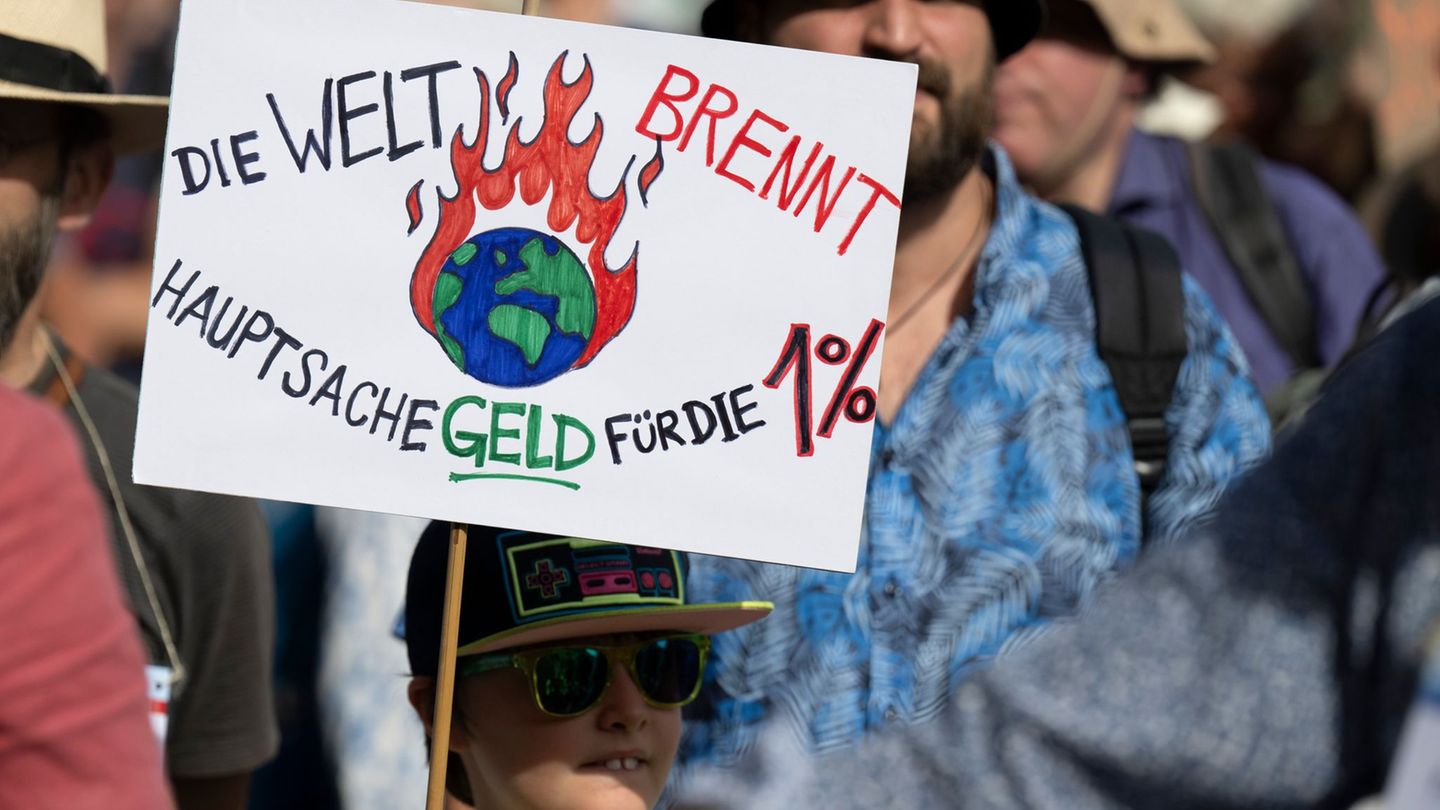Image: Porsche
There are things whose existence cannot be explained at first glance. This includes a superscript 911. In other words, an off-road variant of the sports coupé that is at home on the world’s racetracks and sets new standards for sporty driving generation after generation. And then the special model Dakar, limited to 2500 pieces, comes along. What were the Porsche engineers thinking?
Quite simply, they remembered their own history. Porsche is celebrating its 75th anniversary this year, and the 911 is celebrating its 60th this year. 39 years ago, Frenchman René Metge also won the legendary Dakar Rally for the first time with the Carrera 4×4, a modified 953 variant that was equipped with all-wheel drive for the first time. In 1986 Metge was able to repeat the success with a Porsche 959. Reason enough, then, to develop a rally mode, increase the vehicle height to a good 16 centimeters (8.5 centimeters for the standard model) and reinforce the off-road look with underbody protection and plastic paneling around the wheel arches.
The OÖN were allowed to take a seat in model 0 of 2500 and spend a day with the bullet from Zuffenhausen: 480 hp, 570 Newton meters, 3.4 seconds from zero to 100 km/h. But the important numbers for this special model are different: 191 millimeters maximum ground clearance (161 mm plus 30 mm due to the “lift system”, i.e. air suspension, for short passages), Departure angle 14.2 degrees at the front, 16.4 degrees at the rear. In practice, these values are important if someone wants to subject the Porsche to a practical test on their father-in-law’s forest paths, for example. More importantly, Porsche didn’t email the price of the test car until days after the test. Otherwise hardly anyone would want to pilot the Dakar over hill and dale – although the 911 easily mastered all difficulties and is therefore off-road.
If the worst comes to the worst, salvage lugs at the front and rear, reminiscent of racing, help. As does the roll cage, which makes it impossible to occupy the rear. Because the spread of the chassis is large, there is no problem when driving on the motorway. Even in the raised 911, 130 km/h feels like 80 km/h in other cars. The level of comfort remains the same compared to the standard models. The steering, sound and cornering dynamics are also tuned in a typical Porsche manner and can be correspondingly tight depending on the driving mode. At Tempo 240 the desert penalty regulates. But it doesn’t need more anyway.
“In rally mode, the all-wheel drive becomes a bit more rear-heavy, the car is easier to keep in drift. The Dakar is definitely the craziest thing you can imagine,” says two-time world rally champion and Porsche test driver Walter Röhrl. And the price for a mere mortal is also crazy: at 304,934 euros and 86 cents, the desert Porsche was the most expensive car that the author of these lines was ever allowed to drive. But the great demand proves Porsche right.
Source: Nachrichten




